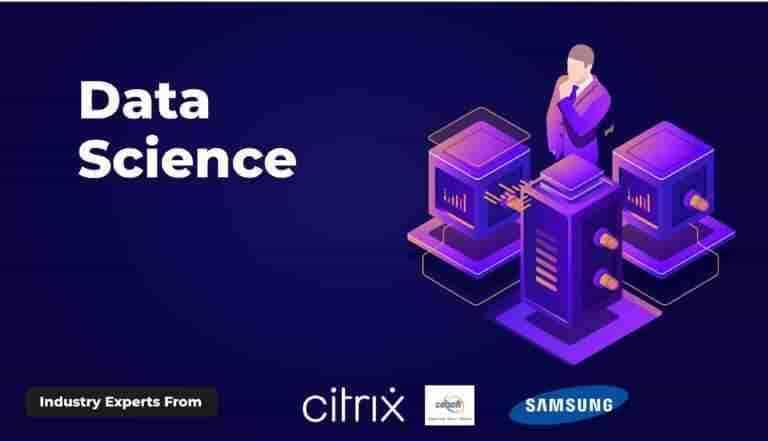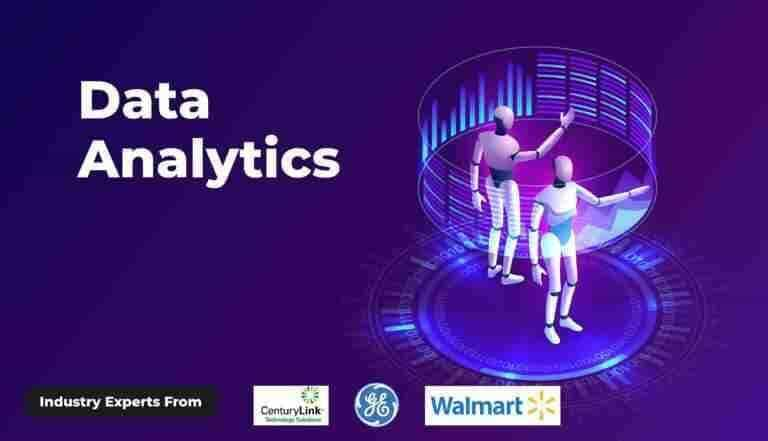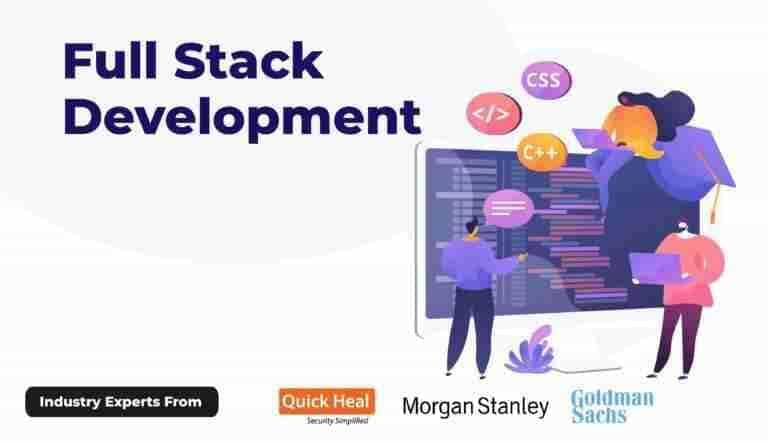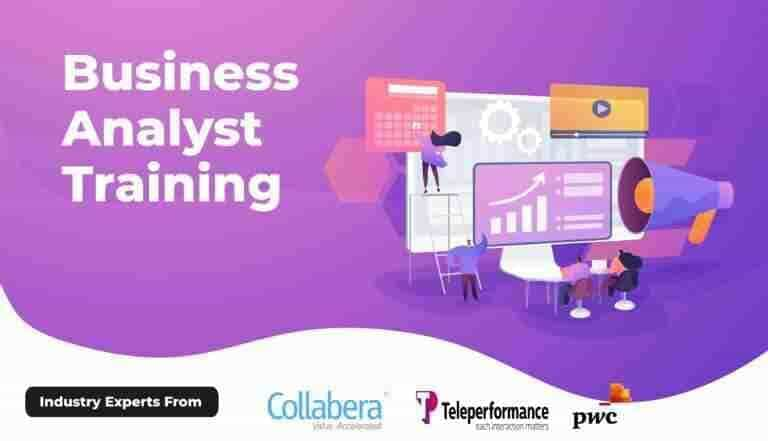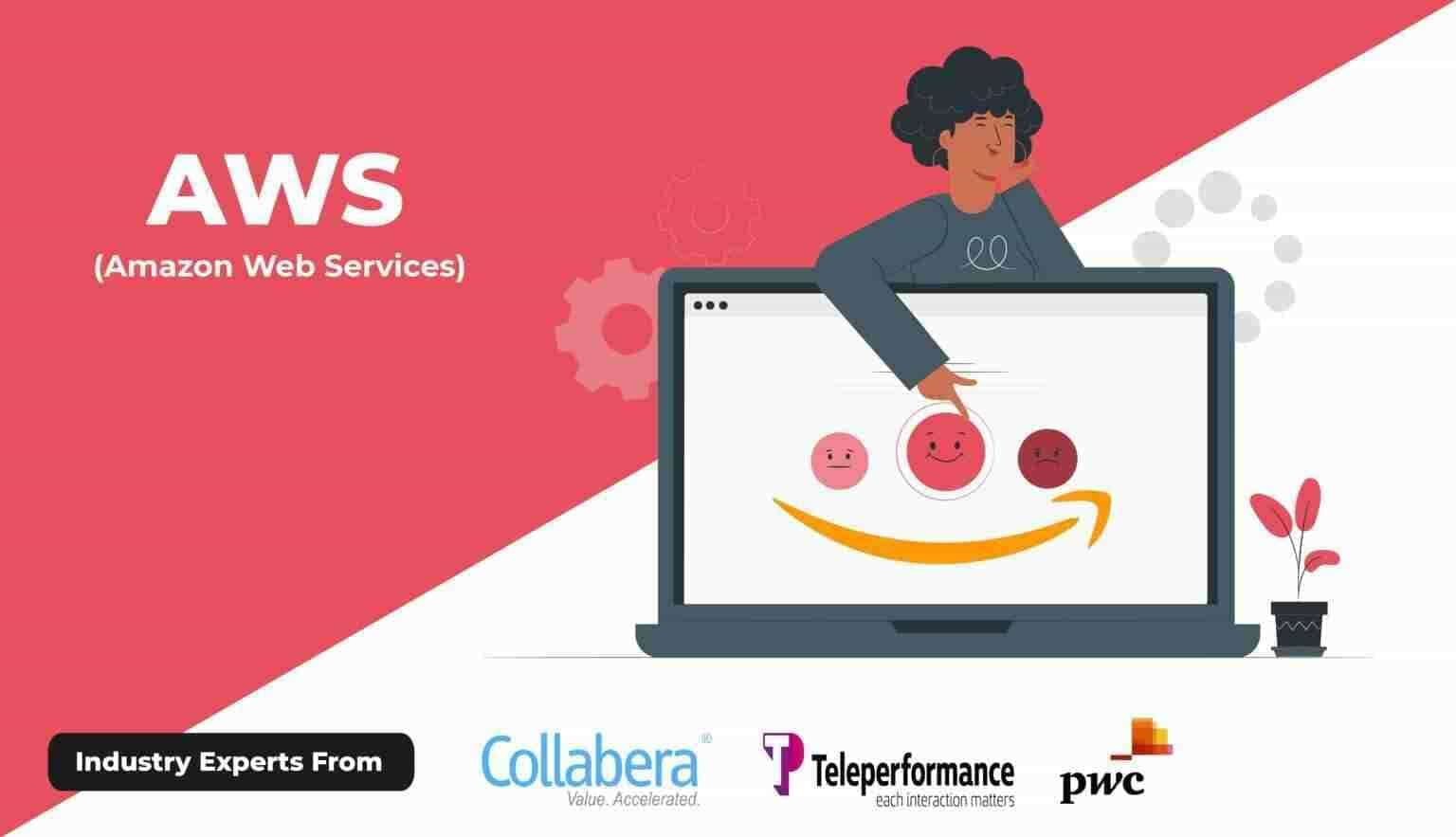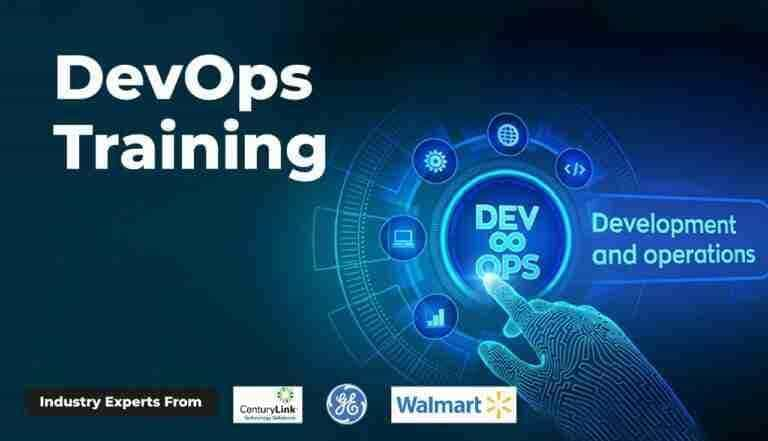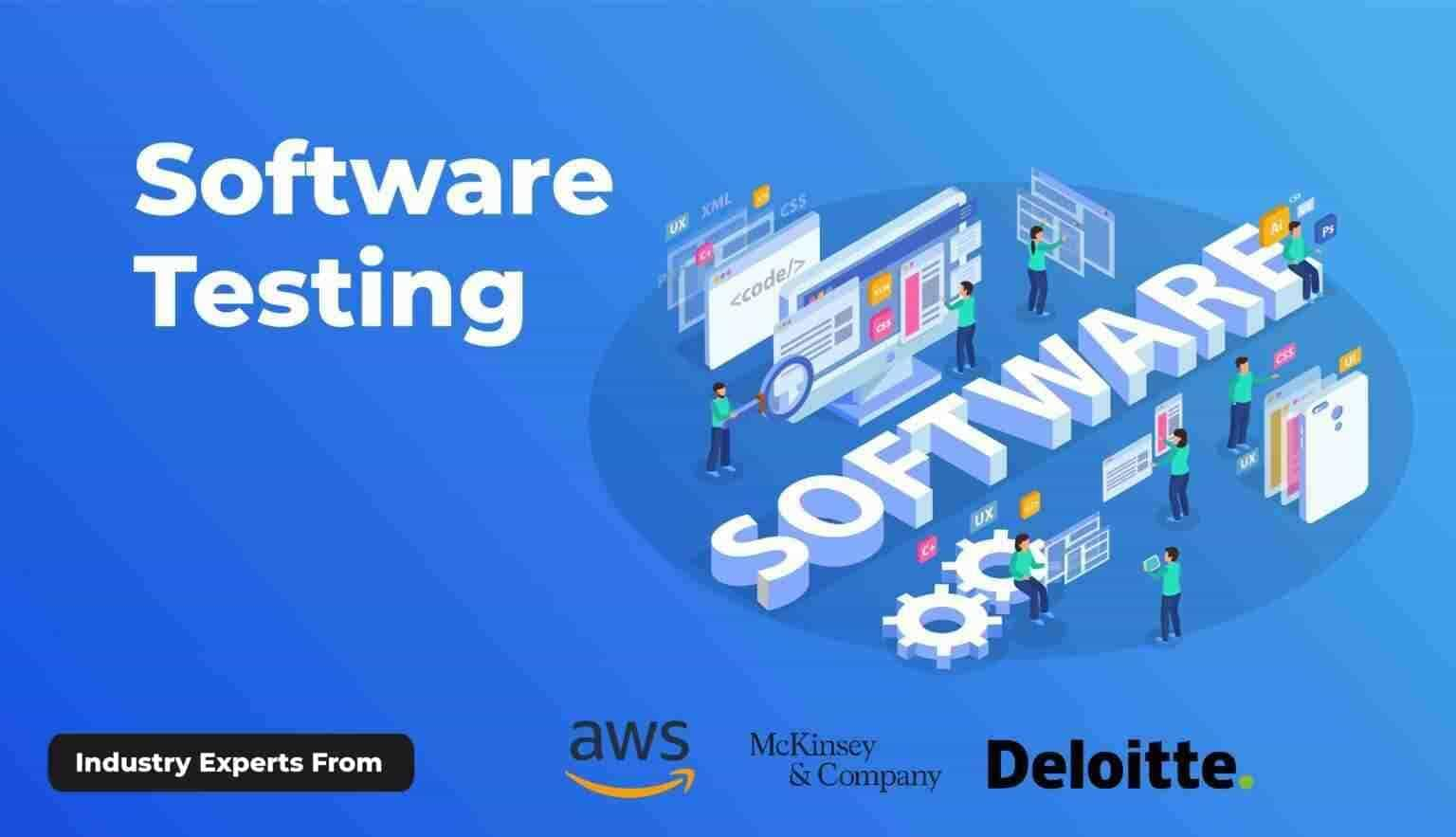Top Backend Technologies for Web Development in 2025
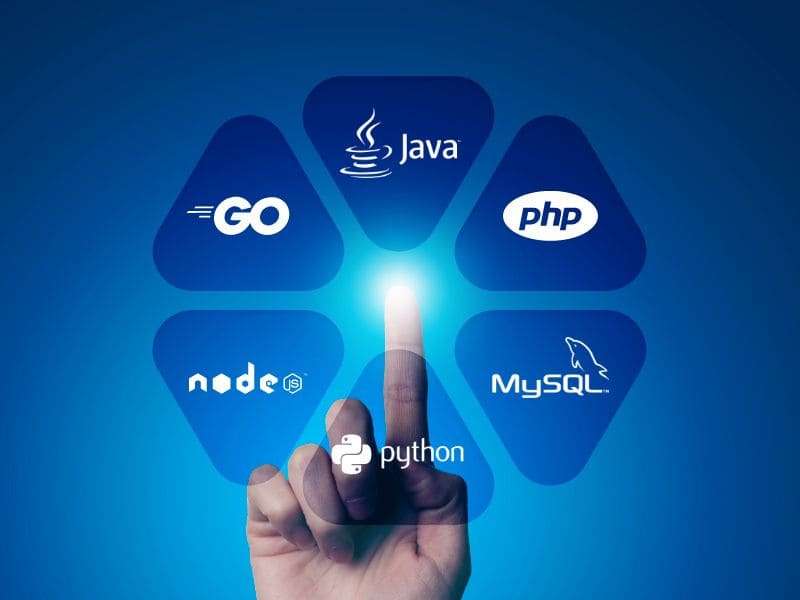
1. Node.js
Why it’s Leading:
Node.js maintains its lead as a high-performance, scalable backend solution thanks to its asynchronous, event-driven architecture.
Key Advantages:
- Single language (JavaScript) across frontend and backend
- Strong support for real-time apps
- Extensive library ecosystem via NPM
Best For:
Chat apps, microservices, APIs, and serverless applications.
2. Python (Django & FastAPI)
Why it’s Populer:
Python’s simplicity makes it ideal for web backends. Django and FastAPI are two major players in 2025.
- Django:Full-featured framework great for fast development
- FastAPI:Lightweight and asynchronous, perfect for high-performance APIs
Best For:
AI/ML-integrated apps, data dashboards, and API-based services.
3. Java with Spring Boot
Why it Endures:
Java remains a core language in enterprises. Spring Boot simplifies Java-based backend development with a modular and production-ready approach.
Key Advantages:
- Strong security and reliability
- Excellent support for microservices
- Mature ecosystem
Best For:
Banking, healthcare, and enterprise-grade applications.
4. Go (Golang)
Why it’s Growing:
Designed by Google, Go is a top choice for concurrent and cloud-native apps.
Key Advantages:
- High performance
- Simple syntax
- Concurrency via goroutines
Best For:
Cloud services, container-based apps, and tools that demand speed and reliability.
5. Ruby on Rails (RoR)
Why it’s Trusted:
Ruby on Rails emphasizes “convention over configuration” and enables rapid app development.
Key Advantages:
- All-in-one solution
- Quick MVP building
- Strong community and libraries
Best For:
Startups, eCommerce, and social networking apps.
6. PHP with Laravel
Why it’s Evolving:
PHP remains widely used, and Laravel brings modern elegance to it.
Key Advantages:
- Clean syntax
- Built-in features for routing, authentication, and ORM
- Great for monolithic or API-first apps
Best For:
Content management systems, blogs, and dynamic websites.
7. Rust
Why it’s Future-Ready:
Rust is gaining popularity for its speed and safety in performance-intensive systems.
Key Advantages:
- Zero-cost abstractions
- Memory-safe concurrency
- High-performance execution
Best For:
Blockchain backends, real-time analytics, and scalable systems.
8. .NET Core (.NET 6/7)
Why it’s Enterprise-Ready:
.NET Core is Microsoft’s modern, cross-platform framework for scalable backends.
Key Advantages:
- High-speed APIs
- Seamless Azure integration
- C# language strength
Best For:
Enterprise apps, B2B platforms, and enterprise-grade APIs.
9. Elixir with Phoenix
Why it’s Specialized:
Built on Erlang VM, Elixir with Phoenix offers real-time performance with fault tolerance.
Key Advantages:
- Live updates with low latency
- Built for scalability
- Great for high-concurrency apps
Best For:
Messaging platforms, telecom applications, and real-time dashboards.
10. Backend-as-a-Service (BaaS) Platforms
Why it’s Growing:
BaaS platforms like Firebase, Supabase, and AWS Amplify offer out-of-the-box infrastructure.
Key Advantages:
- Real-time database and hosting
- Authentication and analytics built-in
- Ideal for MVPs and small teams
Best For:
Startup prototypes, personal projects, and mobile-first applications.
How to Choose the Right Backend Tech
Before choosing a backend, consider:
- Application Type:Real-time vs. data-driven
- Team Skills:What languages your team is comfortable with
- Project Scale:MVP or scalable enterprise platform
- Time to Market:Need fast prototyping or long-term stability
- Ecosystem Support: Availability of tools, plugins, and community
Want to Master Backend & Frontend Development?
If you’re looking to break into tech or level up your skills, mastering both frontend and backend is the way forward.
That’s where ourFull Stack Developer Course comes in.
Why Join Our Full Stack Developer Course in 2025?
- Learn top backend technologies: Node.js, Django, Spring Boot, and more
- Master frontend tools like React, HTML, CSS, and JavaScript
- Build real-world projectsfor your portfolio
- Get certified and job-ready
- Includesmentorship, resume building,and placement support
Start building modern web applications from scratch and become a certified Full Stack Developer.
[Enroll Now – Your Future in Web Development Starts Today!]
Final Thoughts
The backend technologies of 2025 offer a range of tools that are powerful, scalable, and secure. Whether you choose Node.js for real-time apps, Python for AI integration, or Go for speed—your backend choice will influence your app's success.
Equip yourself with the right knowledge and training, and you’ll be ready to build the web’s next big thing.
















